Footnotes: Your Amazing Feet and How to Keep Them Healthy
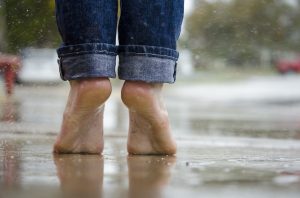 It’s pretty amazing that we all don’t suffer with achy feet. Leonardo Da Vinci, artist and engineer, said that “the human foot is a masterpiece of engineering and a work of art”. According to The American Academy of Orthopedic Surgeons, each foot has approximately 100 working parts including 26 bones and 33 joints. Twenty-five percent of all the bones in your skeleton reside in your feet, and they work hard. One mile of walking places over 60 tons of stress on each foot. The average person walks approximately 1000 miles per year. Serious runners often log 30 miles per week pounding their feet with forces 3 to 5 times body weight, absorbing 110 tons per foot, for each mile they run. It’s no wonder that 20% of all musculoskeletal related office visits involve the foot and ankle area. Foot problems cost the U.S. approximately 3.5 billion dollars a year. Perhaps Leonardo should have also warned us that artistic and durable do not often go together.
It’s pretty amazing that we all don’t suffer with achy feet. Leonardo Da Vinci, artist and engineer, said that “the human foot is a masterpiece of engineering and a work of art”. According to The American Academy of Orthopedic Surgeons, each foot has approximately 100 working parts including 26 bones and 33 joints. Twenty-five percent of all the bones in your skeleton reside in your feet, and they work hard. One mile of walking places over 60 tons of stress on each foot. The average person walks approximately 1000 miles per year. Serious runners often log 30 miles per week pounding their feet with forces 3 to 5 times body weight, absorbing 110 tons per foot, for each mile they run. It’s no wonder that 20% of all musculoskeletal related office visits involve the foot and ankle area. Foot problems cost the U.S. approximately 3.5 billion dollars a year. Perhaps Leonardo should have also warned us that artistic and durable do not often go together.
Interestingly, it’s not just the pounding that gets your feet into trouble — it’s often the shoes. Hard to believe but a significant number of individuals are wearing the wrong size shoes. This is in part because most of us do not realize that your shoe size actually changes as an adult. Even though the bones in your feet stop growing in your teens, your feet still expand with age. Your arch drops, leading to a lengthening of your foot and the ligaments weaken resulting in widening or “splaying” especially in the forefoot area. The overall result is a longer, wider foot and the need for shoes or sneakers one or two sizes bigger and with a wider toe box area. Women are particularly susceptible, and I’m not just talking about Sex and the City’s Carrie and her infamous Manolo’s. Most of their lives, they have jammed their poor feet into tight narrow high heeled shoes, almost the modern versions of foot “binding” popularized in China where women’s’ feet were tightly wrapped to keep their feet small and aesthetically pleasing. It’s no wonder that over 70% of women complain of foot pain. One study found that women stopped on the street were much more likely to be in a shoe too tight, than their correct size. This leads to many painful foot conditions like bunions, corns, calluses, neuromas (pinched nerve) and more. I recall a sweet older patient who came into my office and when asked how I could help her, she took off her shoes, pointed to her feet and said “these dogs are barkin”. Of course her shoes were two sizes too small.
Fashion is part of the problem, especially with kids who will often sacrifice proper fit to get a pair that is cool. Also, with the rapid growth spurts, even a shoe that fits well one month may not the next. Parents need to check often. Also, for both kids and especially adult shoewear, cost does not always equate with comfort.
Marketing drives much of what kids and adults want in terms of shoewear. Nike still wants you to be like Mike (Air Jordans started in 1985 and still going srtong!). And in a 1993 basketball sneaker commercial, Charles Barkley was perhaps the most honest when he said “These are my new shoes. They’re good shoes. They won’t make you rich like me, they definitely won’t make you handsome like me. They’ll only make you have shoes like me. That’s it.”
The influence starts quite early. I remember when my daughter’s Barbie Doll had such high fashion (i.e. high heeled, too tight) shoes that I hoped for her sake that Ken was studying to be a podiatrist.
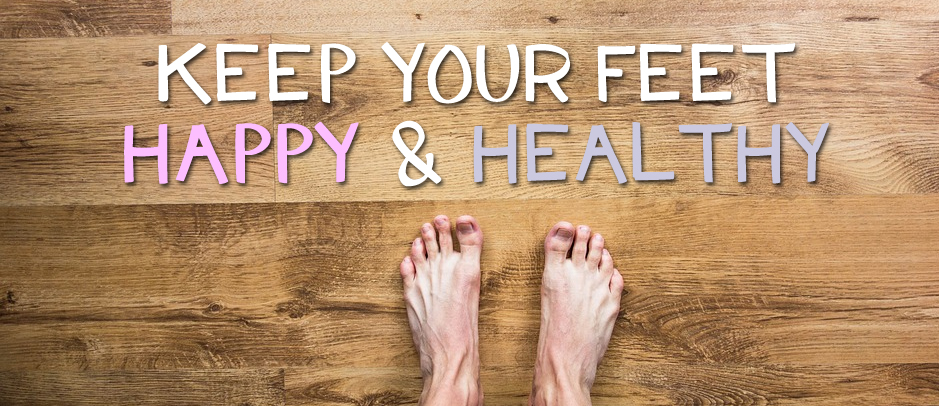
So how do you keep your feet happy and healthy?
Learn to listen to them. If they are “barkin”, first be sure you are in the right footwear. Also, follow these tips:
- Get both feet measured every time you buy shoes.
- Shop at the end of the day when your feet tend to be their largest (swelling etc).
- Be sure there’s plenty of room in the toe box area. Toes should wiggle freely not feel pressured or cramped. There should also be a thumb’s width space between the tip of the toes (especially the longest one) and the end of the shoe.
- Ladies, try tracing your foot on a piece of paper. Next, place one of your “high fashion” shoes over the tracing. It should be pretty clear why your feet hurt.
- Never think that you can “break-in” a shoe. The shoe always wins that battle.
- Always wear the correct footwear designed for your specific sport or activity. All sneaks are not created equal!
- A good shoemaker can help with minor pressure or hot spots, or a heel area that’s too loose. Remember, I said minor not major adjustments.
- For more tips, check www.orthoinfo.org and click on the foot icon on the skeleton.
If symptoms persist, see an orthopedic surgeon or podiatrist who can help you better understand and resolve your foot problem and also assure that there is not other medical issues going on since systemic conditions (like diabetes and rheumatoid arthritis) can begin with foot related issues. Also, foot pain can be referred from other areas like a pinched nerve in your lower back. Get things checked!
Over the years many have philosophized about the foot. I suspect that it started with their own achy feet. A classic orthopedic surgery textbook about the foot (by Melvin Jahss) notes that “the foot is often neglected unless it is your own; it then becomes the pedestal on which the rest of you stands”. My mother even had a view – “You can’t cheat your feet.” Abraham Lincoln suggested that “a man only needs to be so tall that his feet reach the ground”. Along that line, Oprah Winfrey remarked, “I still have my feet on the ground, I just wear better shoes”. Hopefully they’re the right size.
So, be kind to your feet-use them, but don’t abuse them. It’s hard to keep a smile when your feet are frowning.
Originally published on the Huffington Post. Reprinted with permission from Dr. DiNubile.
Nicholas DiNubile, MD is an Orthopedic Surgeon, Sports Medicine Doc, Team Physician & Best Selling Author. He is dedicated to keeping you healthy in body, mind & spirit. Follow him MD on Twitter: twitter.com/drnickUSA


 More than 100 years ago, floats began parading along New Orleans’ streets – from the Krewe of Alla to the Krewe of Zulu – as a way to entice business men to establish roots in the city and bring wealth to an area affected by the Civil War. The annual celebration is a carnival full of festivities. Another aim is to bring awareness to social justice issues such as black lives, sexual liberation and female empowerment.
More than 100 years ago, floats began parading along New Orleans’ streets – from the Krewe of Alla to the Krewe of Zulu – as a way to entice business men to establish roots in the city and bring wealth to an area affected by the Civil War. The annual celebration is a carnival full of festivities. Another aim is to bring awareness to social justice issues such as black lives, sexual liberation and female empowerment.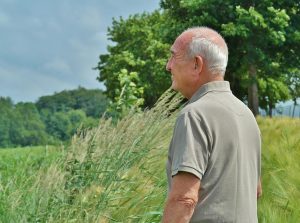 Our orientation to the world, one that directly informs our own and others’ identity, could shift away from a diseased medical model and toward a mindfulness-based construct of old age.
Our orientation to the world, one that directly informs our own and others’ identity, could shift away from a diseased medical model and toward a mindfulness-based construct of old age.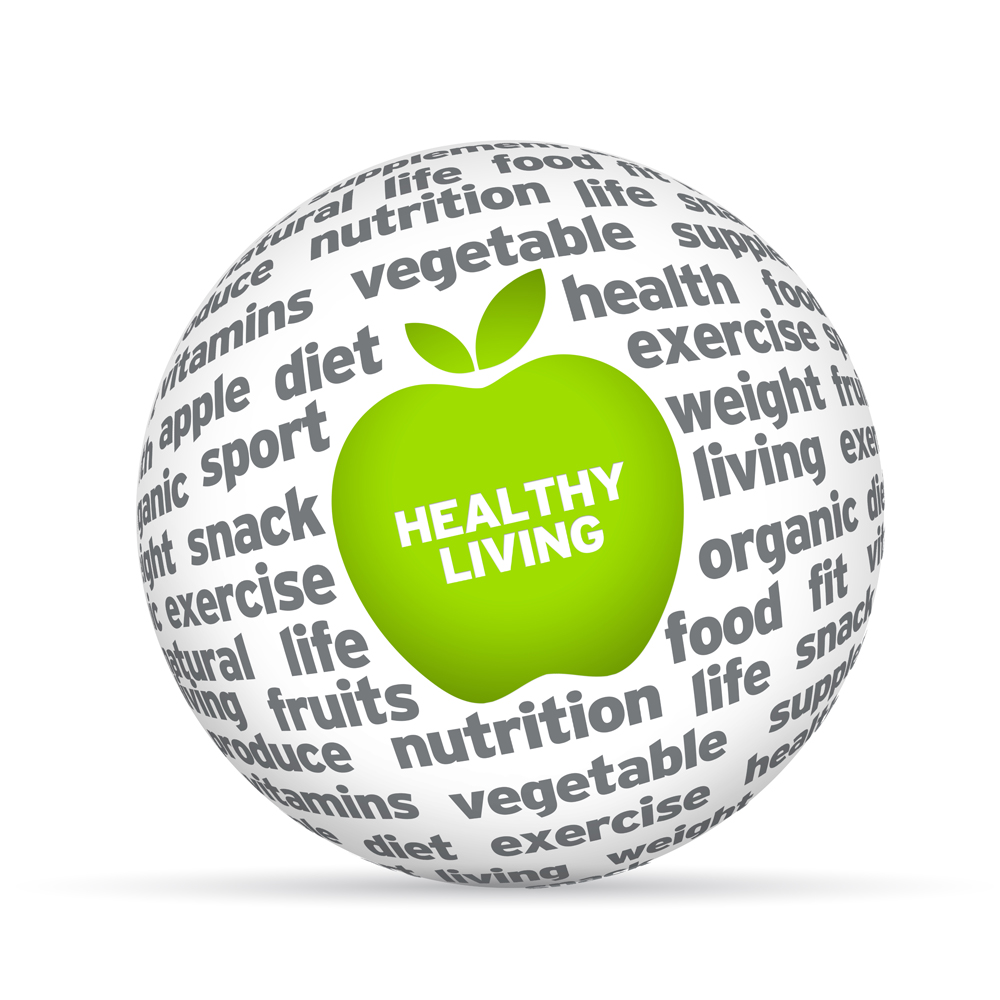
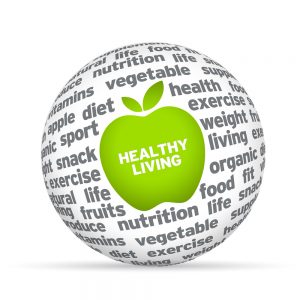
 Get cooking. Be creative in the kitchen and make your own meals at home. This way you incorporate the ingredients and you stay healthier. Plus it’s fun, gets you on your feet and a great family activity.
Get cooking. Be creative in the kitchen and make your own meals at home. This way you incorporate the ingredients and you stay healthier. Plus it’s fun, gets you on your feet and a great family activity.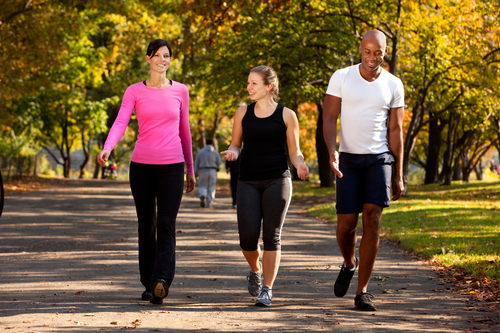
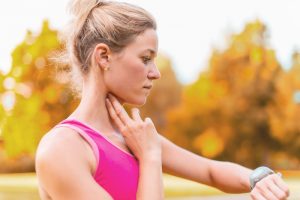 People usually exercise for two reasons: to stay fit and healthy, or to trim excess fat and reach their physique goals. Either way, there are many other health benefits that go hand in hand with working out.
People usually exercise for two reasons: to stay fit and healthy, or to trim excess fat and reach their physique goals. Either way, there are many other health benefits that go hand in hand with working out.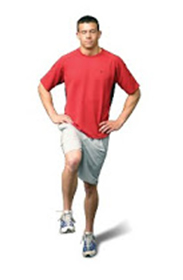 Balance Exercises
Balance Exercises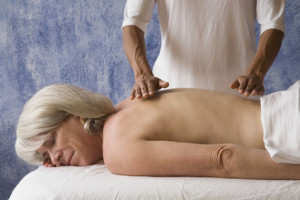 Get a good massage
Get a good massage
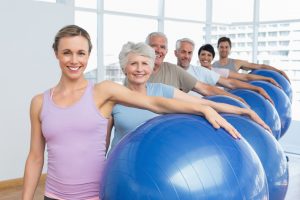 The world today is dedicated to technology, advancing research and the access to unlimited information on all manner of subjects. Each of us relies on technology not only for our questions about life but also for receiving the answers. And oh, by the way, we want our answers NOW! The speed with which we live our lives is increasing everyday and sometimes it can be very frustrating to realize that we can’t “have it all – and do it all”.
The world today is dedicated to technology, advancing research and the access to unlimited information on all manner of subjects. Each of us relies on technology not only for our questions about life but also for receiving the answers. And oh, by the way, we want our answers NOW! The speed with which we live our lives is increasing everyday and sometimes it can be very frustrating to realize that we can’t “have it all – and do it all”. This experience at age 37 probably did more for me than I will ever know since I would be tested in the years ahead by many failures, challenges, hurts, resentments, guilt and suffering – all CAUSED by me and the choices I made in my own life. The ONE thing I did right was make a commitment to my OWN health and fitness needs and when the time came to deal with the consequences of my choices – I was able to DO SOMETHING I loved – and that was run. This is why I can say today that running saved my life – because I truly believe that it did. Fitness was my anchor. My advice to you today?
This experience at age 37 probably did more for me than I will ever know since I would be tested in the years ahead by many failures, challenges, hurts, resentments, guilt and suffering – all CAUSED by me and the choices I made in my own life. The ONE thing I did right was make a commitment to my OWN health and fitness needs and when the time came to deal with the consequences of my choices – I was able to DO SOMETHING I loved – and that was run. This is why I can say today that running saved my life – because I truly believe that it did. Fitness was my anchor. My advice to you today?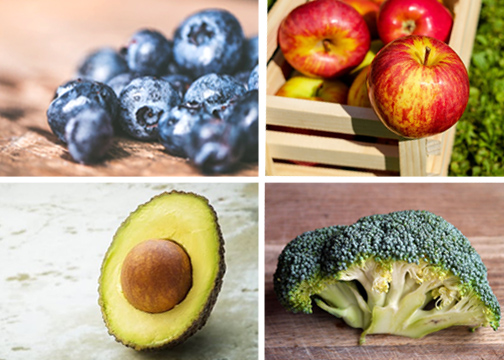
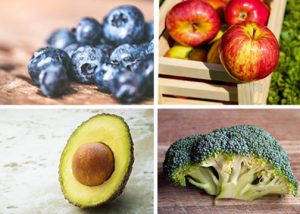 We have no working definition of “healthy” eating in this country.
We have no working definition of “healthy” eating in this country.
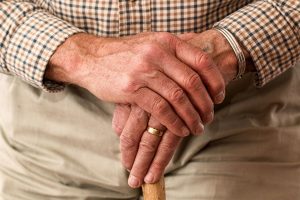 When you read the words “young-person” in a sentence, what is the image that comes to mind? What about when you hear the words “old-person?” Do you readily form an opinion or do your initial thoughts come in the form of questions: “I don’t know. I need more information? What do you think?” If a clear image comes to mind, then one line informing these socially constructed ideas of aging can be traced to our education system, one that rewards outcome over process.
When you read the words “young-person” in a sentence, what is the image that comes to mind? What about when you hear the words “old-person?” Do you readily form an opinion or do your initial thoughts come in the form of questions: “I don’t know. I need more information? What do you think?” If a clear image comes to mind, then one line informing these socially constructed ideas of aging can be traced to our education system, one that rewards outcome over process. Similar to the views promoted by physicists James Jeans and Sir Arthur Eddington who thought the universe to be best understood as a great idea, we can think of old age in the same light. Aging exists to be interacted with. The idea of old age is incomplete. As you age, you get to inform the structure and meaning of old age. Your identity adds a uniqueness to what it means to be old.
Similar to the views promoted by physicists James Jeans and Sir Arthur Eddington who thought the universe to be best understood as a great idea, we can think of old age in the same light. Aging exists to be interacted with. The idea of old age is incomplete. As you age, you get to inform the structure and meaning of old age. Your identity adds a uniqueness to what it means to be old.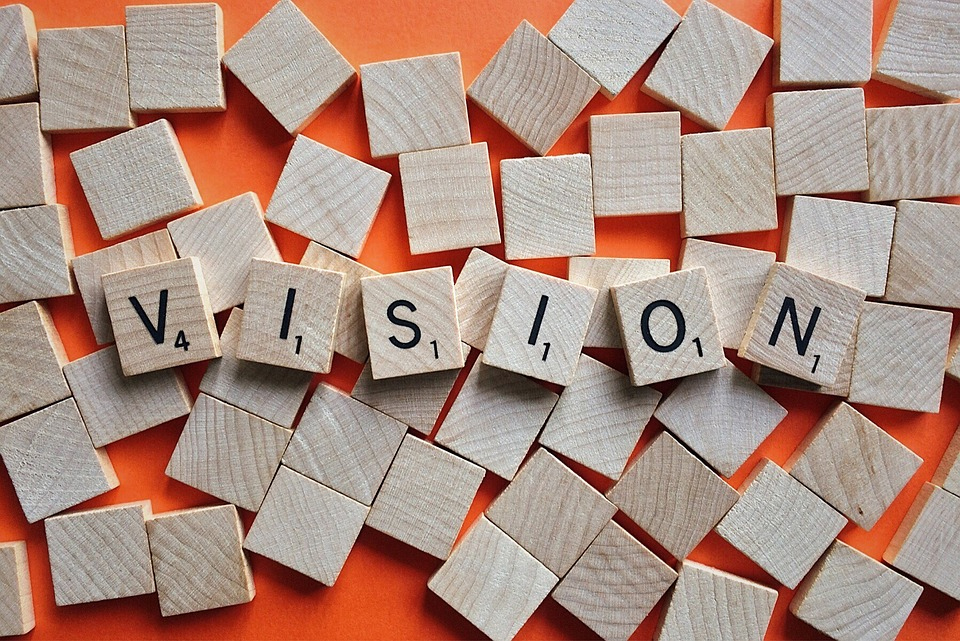
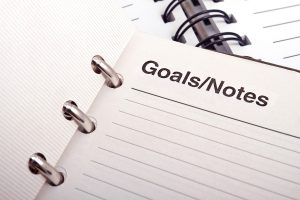 If You Are Making Excuses, You Are Not Sold Out On Reaching Your Goals! Don’t Be A Quitter!
If You Are Making Excuses, You Are Not Sold Out On Reaching Your Goals! Don’t Be A Quitter!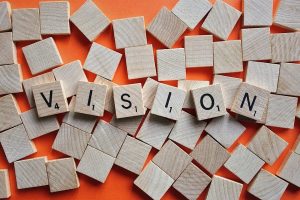 Recruit others to share the vision, advise, hold accountable, support and mentor you.
Recruit others to share the vision, advise, hold accountable, support and mentor you.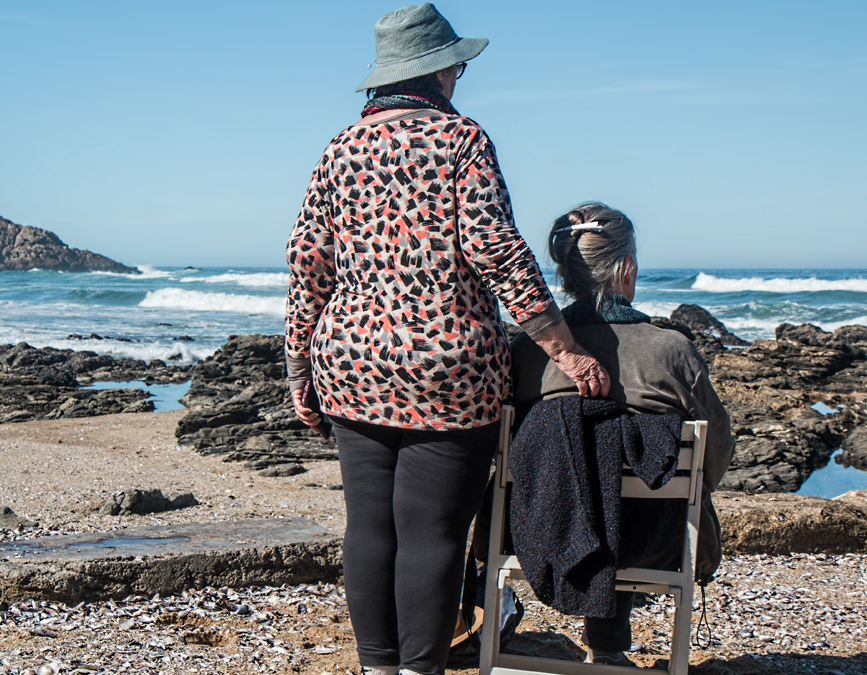
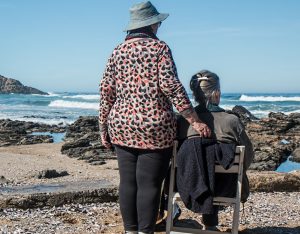 suggesting agreement, although I didn’t know precisely what she meant. And I still don’t. This was almost twenty years ago, when I was first starting out in the field of counseling and took a lot in, rather than ask any questions. And now, I inquire on people’s meaning of this any time such a remark is made. Sometimes, I’ll throw in the question, “If she’s in the process of dying, isn’t she also in the process of living?”
suggesting agreement, although I didn’t know precisely what she meant. And I still don’t. This was almost twenty years ago, when I was first starting out in the field of counseling and took a lot in, rather than ask any questions. And now, I inquire on people’s meaning of this any time such a remark is made. Sometimes, I’ll throw in the question, “If she’s in the process of dying, isn’t she also in the process of living?”